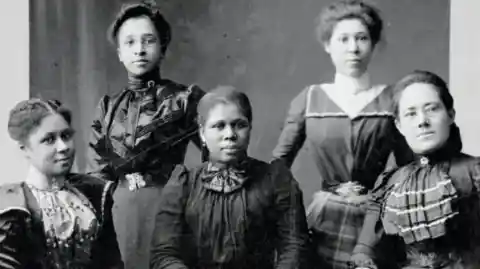It was a regular day for construction workers in Queens, New York when all of a sudden they made a horrifying discovery. The backhoe had hit unexpected metal and when they investigated it, they were shocked to find mummified human remains. They had unearthed the remains of a woman in a nightgown and knee-high socks. The body was so well preserved that the workers feared they had discovered the site of a homicide and immediately called the police. The truth was uncovered later, through extensive scientific research. This strange discovery later came to be known as “The Woman In The Iron Coffin” and brought to light a part of America’s forgotten history.
Striking Against Metal
While working on a site in Queens, New York, the workers realized that the machine had hit some metal. They thought they had hit water or a gas pipeline. But neither of it was found on inspection. After they went to see the complete sight, they got to know that they had struck an iron box in the shape of a human. The closed box that was ripped apart from the digging and when they opened it, there was a mummified body inside.
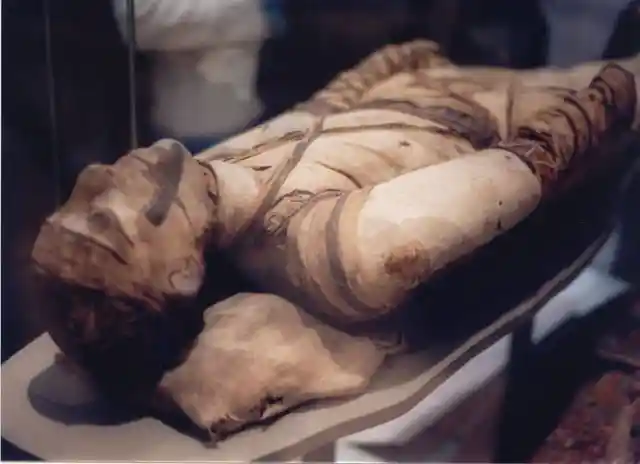
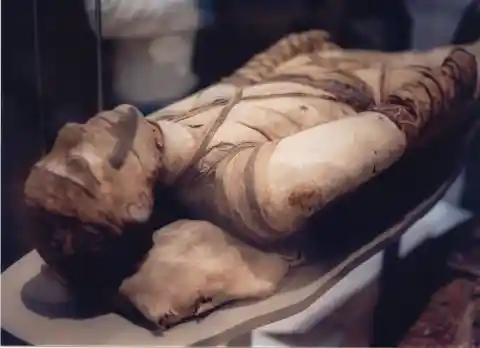
Finding A Decaying Body
Everything seemed blurry at that moment and the workers were unable to put the pieces in the puzzle. As they surveyed the scene closely, they found more odd looking pieces of metal. They were horrified when they realized there was a body under the fragments of iron. Their fears got worse upon seeing the body in a phase of decay instead of a pile of bones lying in the coffin. The workers thought they had hit something sinister and called police at the site for further inspection.


Hiding Murder Under Metal
In the view of the workers, they had come across a homicide. Anybody in that situation would have thought the same. Nothing else explains the presence of a body in a metal box. When the police arrived, later that day, they used flashlights to survey the entire scene. They realized that the body was that of a woman and it seemed like she was buried in a metal coffin. Many questions were staring in their face. Who was the woman and why was her body found deep under a construction site?
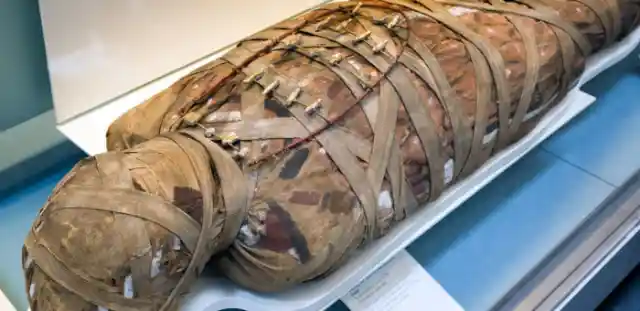
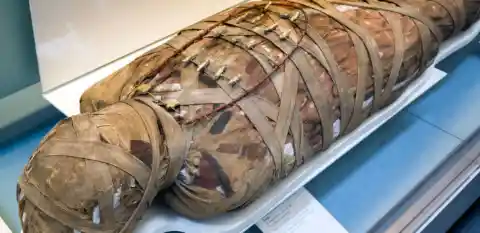
The Investigation Continues
The body was later moved to the morgue where further investigation was then taken to the next level. The investigators realized that the body was preserved well since it was basically mummified. Investigators noted that her clothing was still intact and her hair had been braided with a black comb in the back. The pigment of her skin was still intact so it was easy for the police to identify that she was a black woman. But there were still so many unanswered questions. Who was the woman and by whom was she buried?


Bringing In The Big Guns
When the Queens police realized they had no expertise for such a bizarre case, they enlisted the help of a forensics expert. Fortunately, they were able to contact Scott Warnasch, a forensic archeologist who specialized in burial practices. Right from the moment he first examined the body, it was evident that he was the perfect person for the job. He was able to tell the age and the type of metal used in the coffin. The search was simplified a great deal after he confirmed that the woman was buried some 150 years ago.
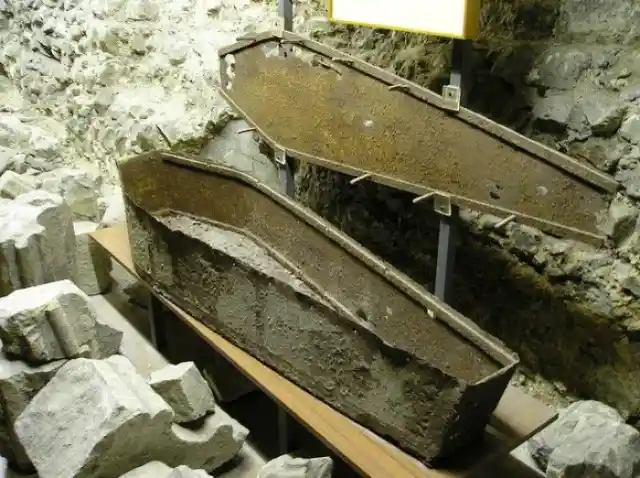
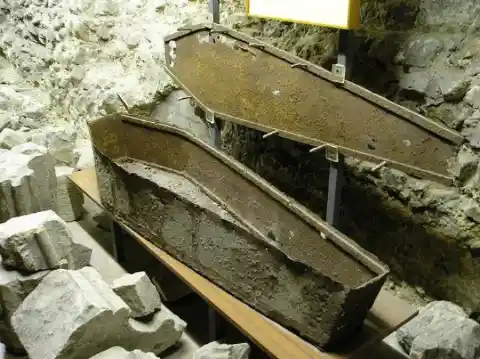
The Age Of Iron
Warnasch determined the age of the iron coffin and that was the first clue for the police. Considering the time period of the metal, the team figured that the woman was buried during the heydey of high society iron coffins. But considering how the society functioned back in the day, it was a mystery how a black woman ended up in an iron coffin. The historians had an explanation for this. The fact the woman was buried in an iron coffin meant that she died of an ancient disease.
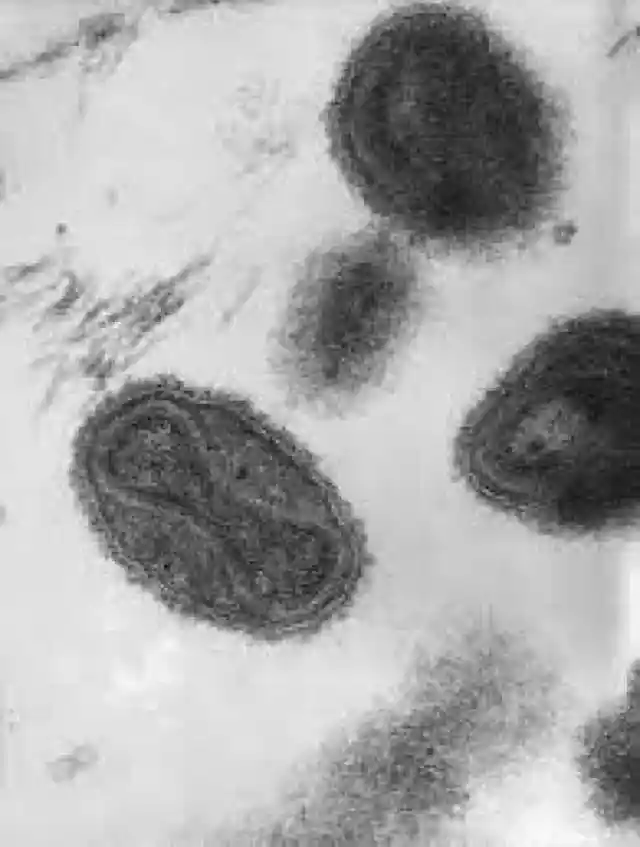
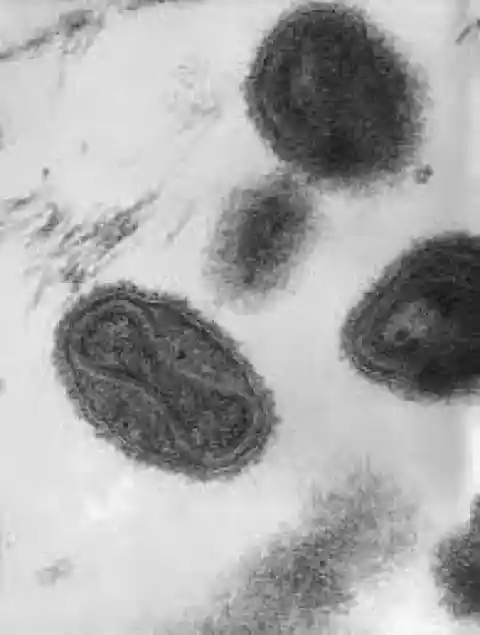
An Ancient Terrifying Disease
The disease in question is smallpox. Ever since its eradication in 1970s, few diseases ignite such fear when discussed as a resurgent disease or weapon of bioterrorism. As the examination went deeper, the forensic experts found lesions all over her body. The preservation was so refined that they could see the lesions from the head to the toe. This new discovery raised more questions about the mysterious woman. Was the disease also preserved by the body and was the infection still active? A lot was unanswered.


CDC Steps In
When this fear came on board, the forensic team sought help from the Centers for Disease Control and Prevention. CDC initially didn’t pay much attention to the concern. They thought after 150 years, a body would be at the advanced stage of decay and that would have nullified the effect of the disease. But when the team arrived, they were alarmed since the condition of the body was better than they had expected. That is when they decided to send the samples of the mummy to the CDC center for testing.
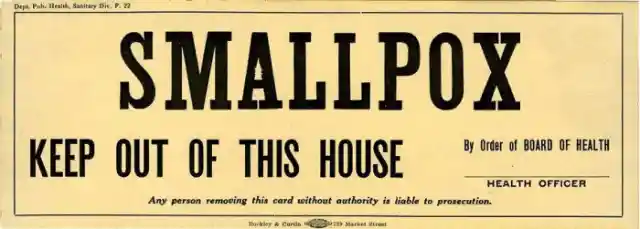
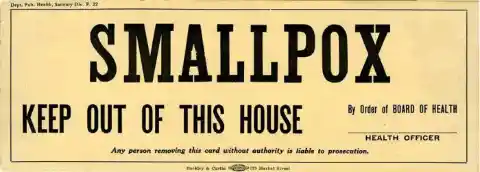
The Fear Persisted
The fear in the eyes of the forensics team and the CDC is understandable. Before the eradication of smallpox, it was an extremely infectious disease that caused multiple epidemics. It is estimated that smallpox has killed more people than the Black Death! In a densely populated area like 19th century Queens, the disease was the reason for killing many poor residents. The mummy found in the iron coffin seemed to be one of those victims. What if this infectious disease had spread after the coffin was opened?
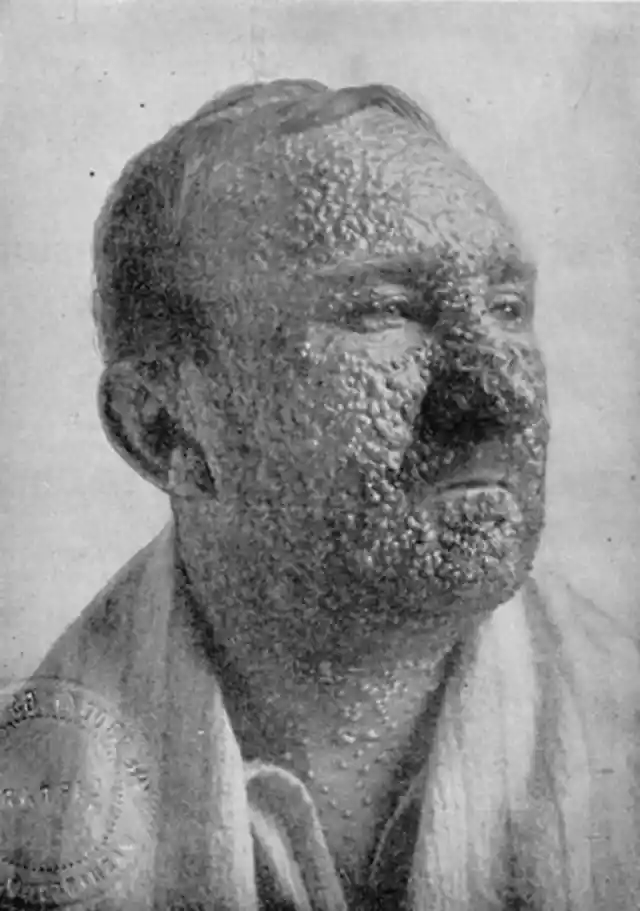
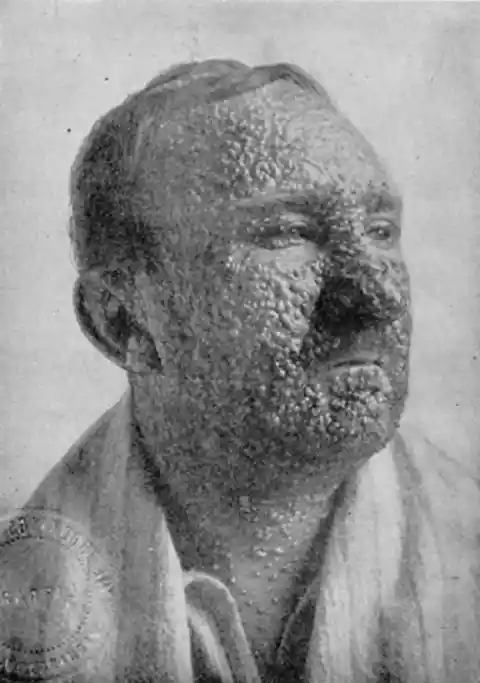
A Narrow Escape
Since the disease was eradication years ago, the world’s population is largely unvaccinated. So had the disease seen any resurgence, it would have made things uncontrollable and lethal. But on the arrival of reports, it was made clear that the virus was not active anymore. CDC now knew that the smallpox in her remains wasn’t viable and it was safe for further research. With the fear of spreading of infection gone, the forensic team could now deal with the corpse and get down to business. There was so much more that the mummy could tell them.
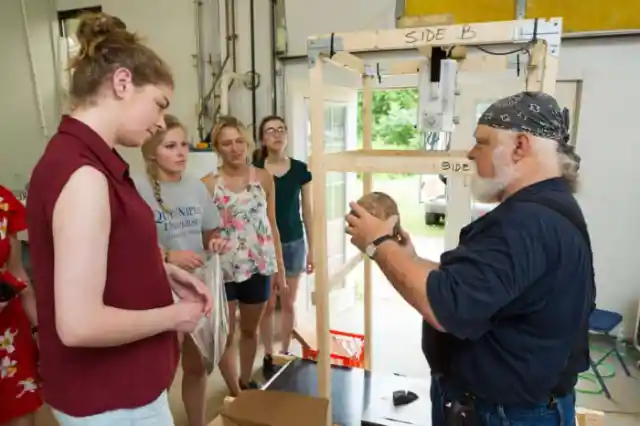
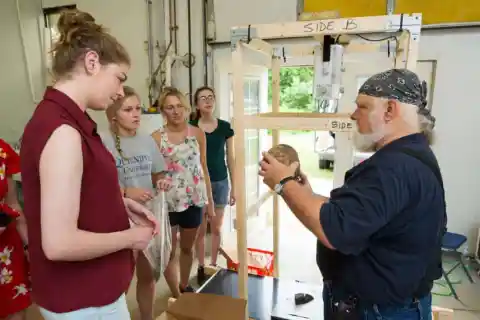
Mummy Man Joins The Team
The team researching the mummy in the coffin got lucky because retired Professor Jerry Conlogue joined this case. He was an expert in mummies and was also often described as the ‘mummy man’. He was an expert in conducting forensic research on mummies. His expertise included X-Raying of the remains and to determine facts about their lives. He was also an expert with 3D imaging to help in reconstructing elements of the lives of the mummies. Would he be able to tell the researchers more about this smallpox victim?
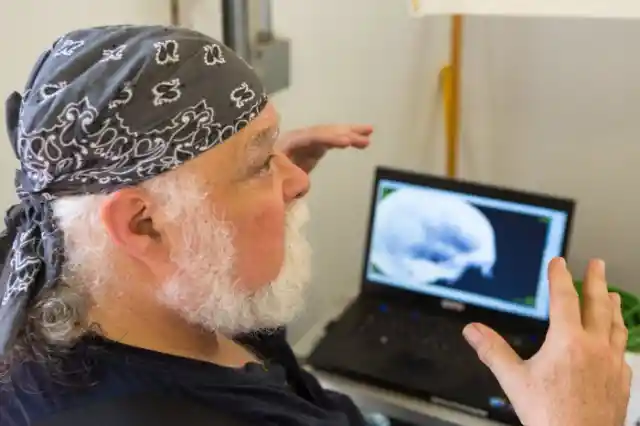
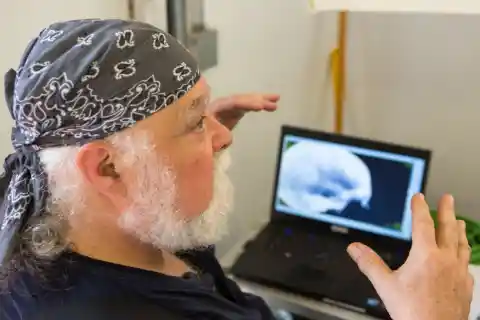
A Digital Autopsy
A lot of information about the mummified woman was derived from the 3D imaging done by Professor Conlogue. The imaging reflected many details about her bones as well as her internal organs. It shed light on many details about her life and death. It was deduced that the mummy was an adult woman, not more than 30 in age at the time of her death. Slowly the layers of information were opening up. Another interesting detail cropped up, the woman also had arthritis in her back which indicated she had a physically demanding job.
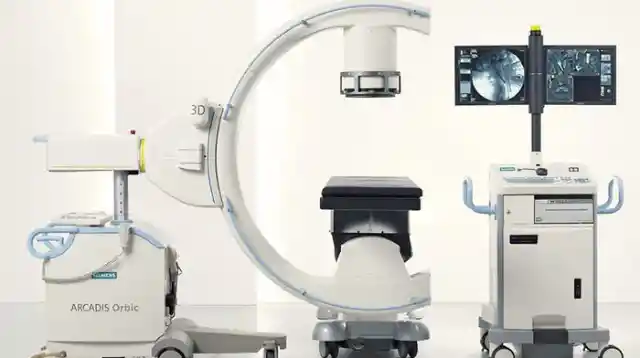
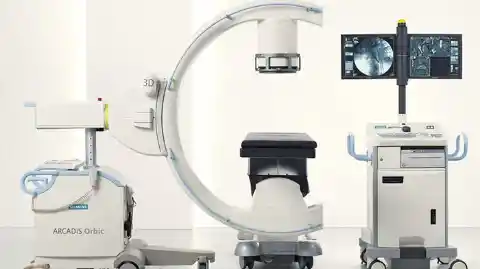
Unveiling The Cause Of Death
The 3D imaging came in handy for determining many details about the mummy and it was confirmed that her death was the result of smallpox. A closer look showed that her lesions were blistered and she probably had a high fever just before her death, a common symptom of smallpox. The case deteriorated to the level that lesions had penetrated her skull and had damaged the membrane surrounding her brain. The experts came to the conclusion that the woman had slipped into coma before she met her end.
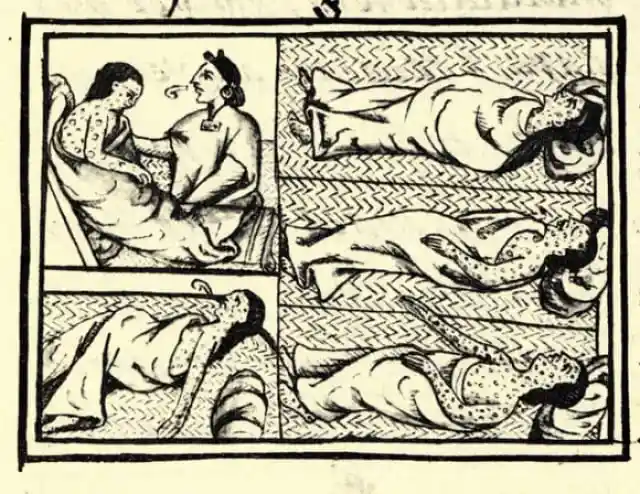
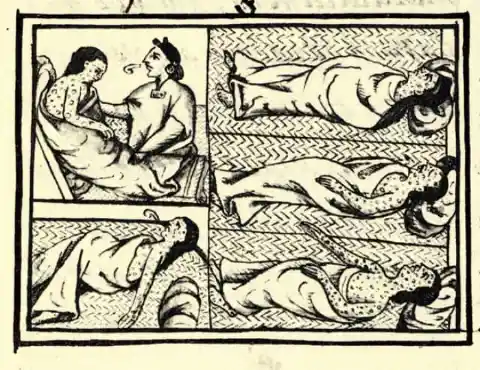
A High Society Coffin
The cause of the death was now clear and on the basis of the details, it was assumed that she was a poor resident of Queens. But why was she buried in an iron coffin? Back in the day, such coffins were reserved for high society burials. Interestingly, the first lady, Dolley Madison was also buried in an elaborate iron coffin. It was already known that the royal and wealthy members used to be buried in iron coffins. This left everyone wondering why a black smallpox victim was buried in an iron coffin.
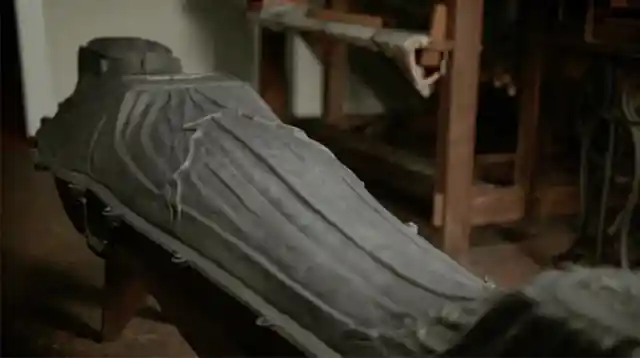
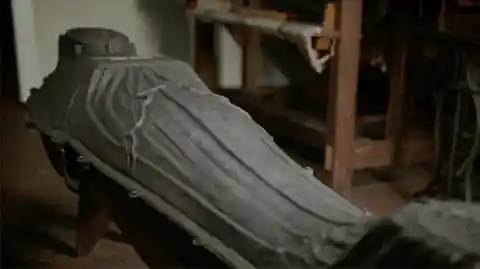
A Travelling Coffin
The first model of the iron coffin was created in the 1840s by Almond Fisk, who came up with the design when his brother died out of state. Almond owned an iron stove manufacturing shop in New York when his brother breathed his last in Mississippi. Almond didn’t want his brother to be buried away from the family so he came up with the idea to make an iron coffin. This way his brother could be transported by train without offending other passengers. Sealing the corpse in an iron coffin seemed like the safest way to transport it.
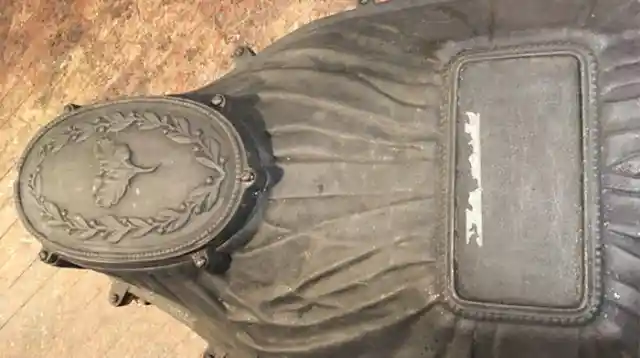

Expensive Transport Vessel
After using an iron coffin to successfully transfer his brother’s body, Almond patented the design in 1848. He then began manufacturing iron coffins with a company logo and the year of production. The designed included a porthole that could be opened to see the face of the deceased behind a pane of glass. The material turned out to be expensive because of the amount of iron required so the final coffin ended up being pricey. This raised the big question again- how did that poor woman end up in this coffin?
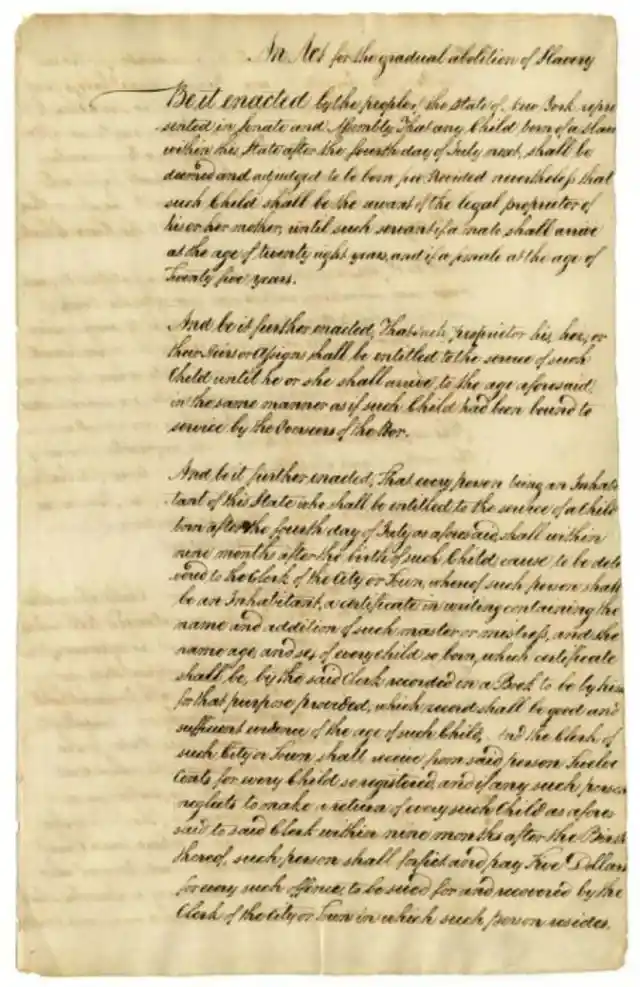

The Date Of Emancipation
After getting all the details, the researchers figured that the dates in question coincided with the period of emancipation. New York embraced emancipation in the early stages but very slowly. Anyone born after July 4, 1799, was considered free. However, anyone born before that date was considered a slave. A rule issued in 1817, declared every slave free but this rule was not enacted until 1827. The question here was if this woman was a slave or a free citizen! They wondered if this woman was a free citizen or had somehow escaped southern slavery.


A Free Woman Or Not
The researchers found the woman in a mummified state which made it clear that she was born in the early 19th century. The coffin she was buried in was made between 1840 and 1850. Hence, it is clear that she was buried during that time. Also, if she wasn’t more than 30, she must have been born between 1810 and 1825. Was she was born free or found it later during emancipation? A good chunk of the information was missing from this story so the experts had to find out the place of her birth to go forward.

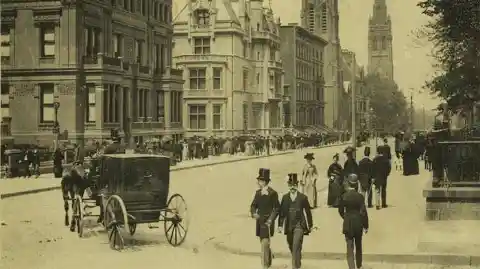
A New York Woman
There was one way to find out her origin and it was her teeth. The teeth could tell a lot about her diet and exposure to other things in her surroundings. The reports showed that her teeth were exposed to a high level of lead. That is possible only if a person is settled in the urban area. The water supply in urban areas has a high level of lead in it. Also, her diet indicated a life in a metropolitan area. This report suggested that she was a New Yorker, born and raised.

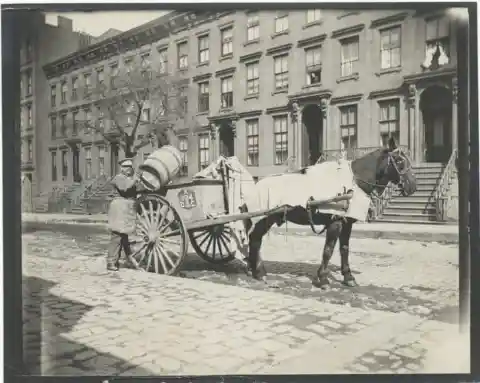
The Site Of The Coffin
Queens, New York was a rapidly shifting borough that was always diverse. It was a Dutch area before the urban setting. The place where the coffin was laid was an abode to a large, independent community of African Americans. The sight was an African American church hundreds of years back and that explained why a black woman’s body was found there. However, none of these details about the woman answered the one question. Why was this woman from the poor section of Queens buried in such an expensive coffin?
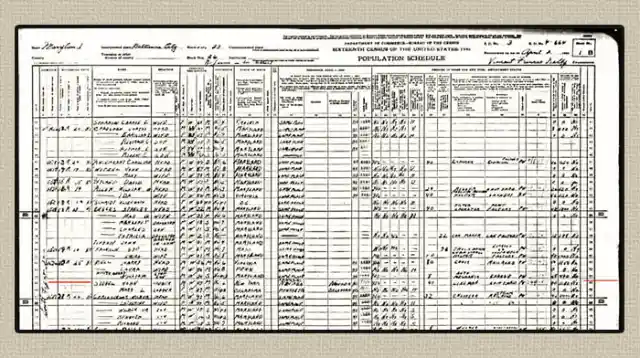
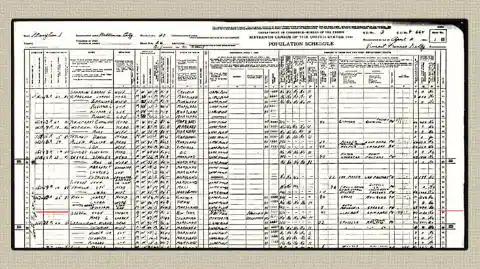
The Reality Of Census Records
The researchers soon found themselves at a dead end when they realized historical inequities threw up roadblocks for them at every step. While trying to find the identity of the woman, they realized that there were no records of the African American Queens community of the early 19th century. As African Americans were not allowed to vote back then, finding them in the census was difficult since census takers were not allowed to even interact with them. Fortunately for the researchers, the census of 1850 filled in the historic gaps.

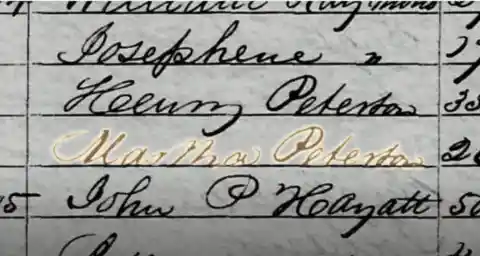
It’s A Match
The 1850 New York census had a strange record that captured the attention of the researchers. While 33 records were found and researched thoroughly, there was one of that stood out for the experts. Martha Peterson was a 26-year-old woman who was reportedly living with a white man, William Raymond. They found out that she was a daughter of a prominent member of the Queens African American community. Interestingly, William Raymond was the brother-in-law of Almond Fisk, the inventor of Iron Coffin. It seemed like the researchers had finally struck gold with this record.
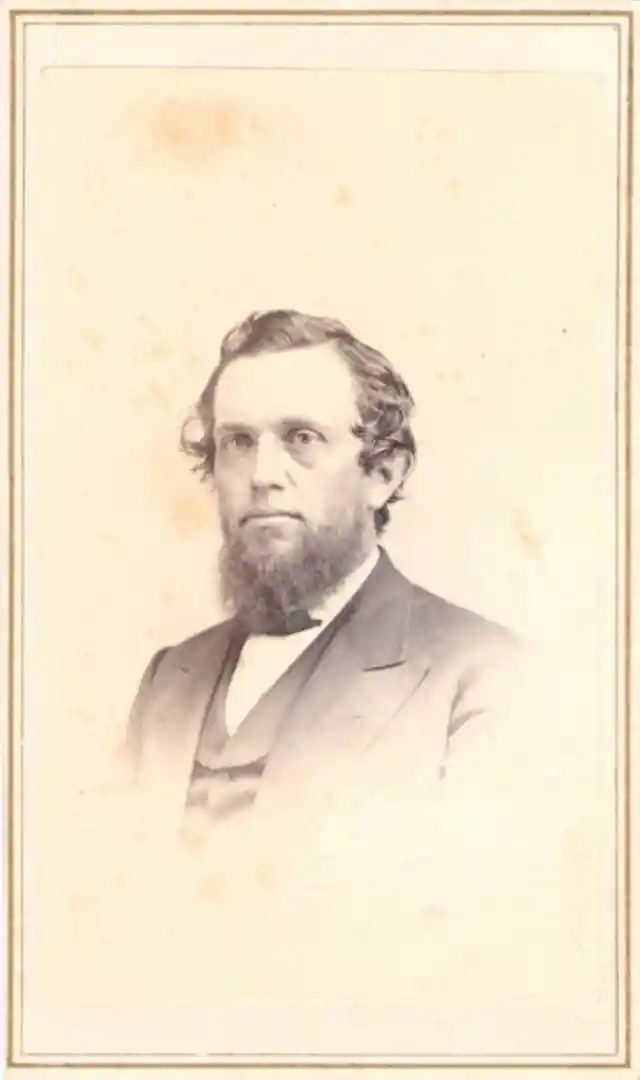

A Well Loved Woman
The research did help them get back to the roots of Martha Peterson. She was a part of a small close-knitted African American community. She appeared to be a loved and well respected person in the community, given the cost of the iron coffin and burial. In addition to that, the means of acquiring the coffin was easy considering she lived with the brother-in-law of the inventor of the device. William Raymond was probably rich enough to afford the coffin but there is a possibility that the coffin was a gift from Almond Fisk.


Reconstructing The Face
Once the identity of the woman was revealed, the scientists wanted to recreate her face. The advanced tools of facial reconstruction were used to get back her face. Such modern tools have been used to create faces of Nefertiti and King Tut. Similarly, they wanted to recreate the face of Martha Peterson that had been well preserved till then. Her bone structure and musculature were used to recreate the face by using CT scans. When the reconstruction was complete, the researchers realized this was their glimpse into the past.
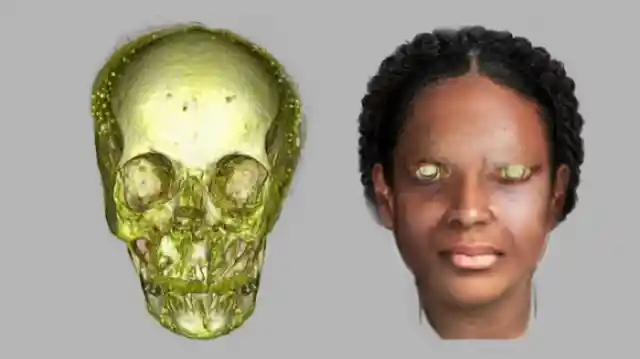
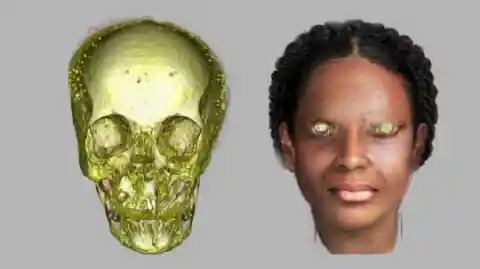
The Face Lives On
Martha Peterson was not a nameless mummy anymore. She had a name, a face, and a history related to her life. All the tools of forensic studies helped the experts to get back to her roots. Extensive 3D imaging and modeling helped in bringing out the truth about a death that was initially believed to be a homicide. Not just her history but also that of her community was being exposed with this woman who was buried in the iron coffin as a mummy. Historians now had a face to present with this woman’s story and that was path breaking!
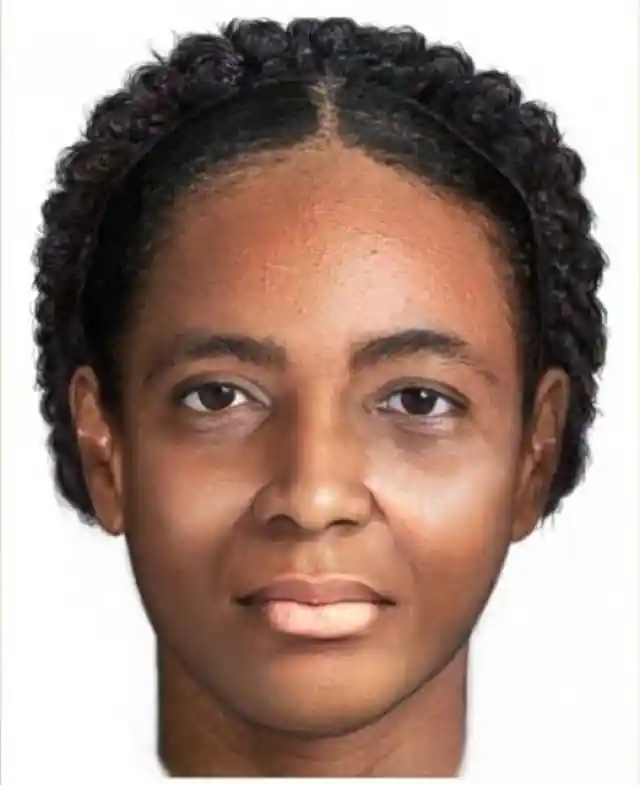
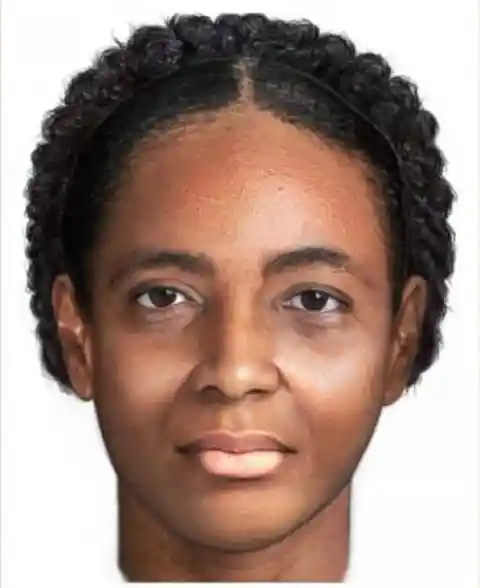
A Proper Burial
Now the church where she was buried is no more a church or a proper burial ground. So, the authorities decided to contact Saint Mark African Methodist Episcopal Church since the congregation still existed. They were excited about the discovery. To them, Martha Peterson wasn’t just a mystery woman that fascinated the researchers. She was a part of their history as she stood for many black Americans when she was alive. So, the church decided to give her a proper place in a burial ground and buried her once again with honor and respect.


Missing Part Of History
If there was no census in 1850, there would have been no identification of the mummy. There would have been no Martha Peterson in history. For the members of Saint Mark African Methodist Episcopal Church, she was a part of the bitter history their families had lived. The 19th century was a period of illiteracy, lack of educational and job opportunities, housing discrimination, and much more. This discrimination had a strong impact on the history of America. Even after emancipation, the former slaves and free black people were not treated like the state’s white residents.


Representing A Community
The pastor of the congregation said, “She was found in our African-American burial ground, and because of that, she is a member of our congregation. And as a member of our congregation, it was important for us to make sure that we treated her with the very, utmost respect, that her life and her body was not treated disrespectfully. But most of all, we paid homage to the person that we believed that she was.” It was Martha’s existence as a free woman in such stressful times that made her unique to the members of the congregation.
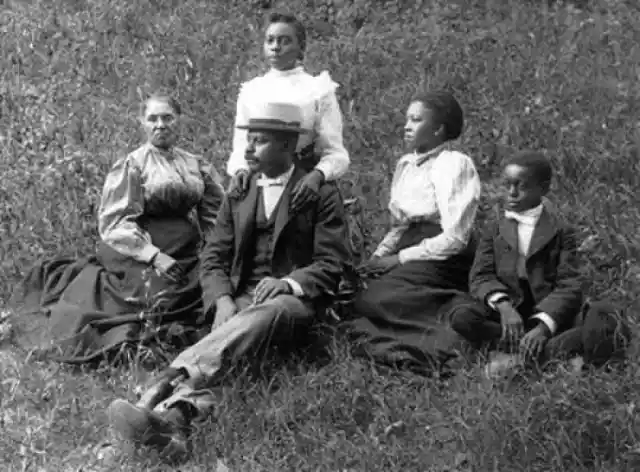
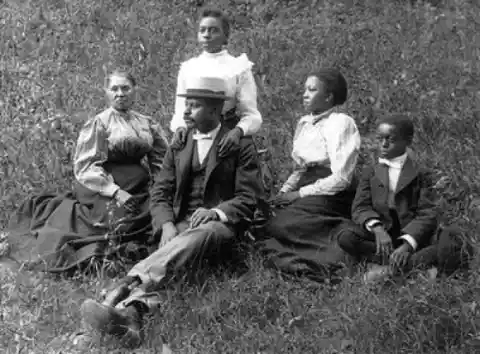
A Symbol Of History
Martha Peterson’s well preserved body allowed scientists to recreate a face that people could empathize with. The clarity of the reconstructed face brought real intimacy to historians and members of the black community for Martha. They were able to picture her everyday life and her daily struggles that she faced while living in a hostile environment. They could feel her pain of living as a free person but without equal opportunity as her white counterparts. Her story shed light on the less than perfect era many blacks had lived in.

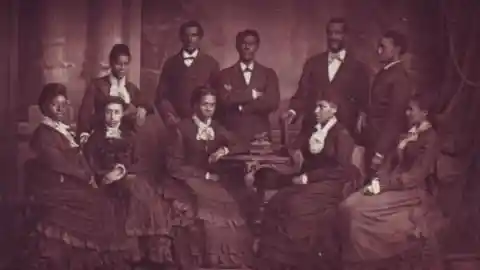
Keeping The Past Alive
The history related to Martha Peterson is enormous. Her struggles back in the time were all about freedom, equality, and opportunities. It is important to understand that her story is a part of our recent past. The death of Martha is about 170 years old and it is a sign that removing your history isn’t that easy. Her body was persistent even after her death. It is not just the case of amazing forensic science but also about a woman who was struggling to get freedom for a community.

